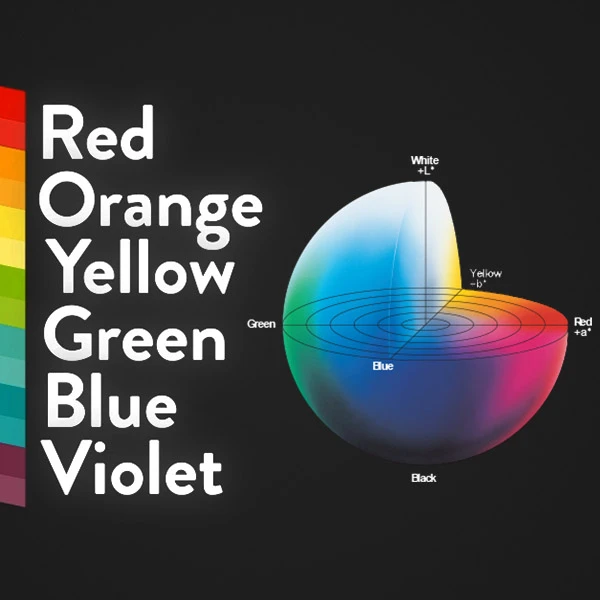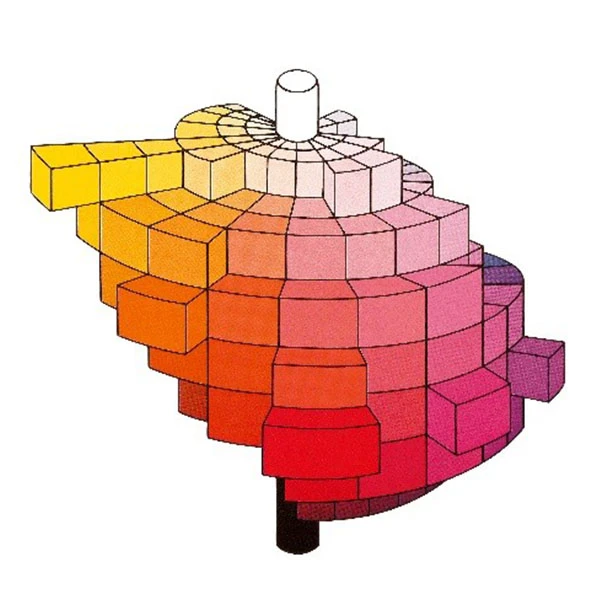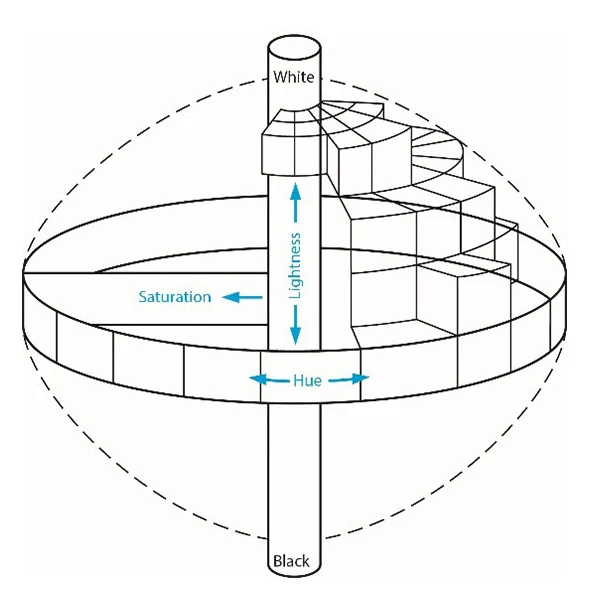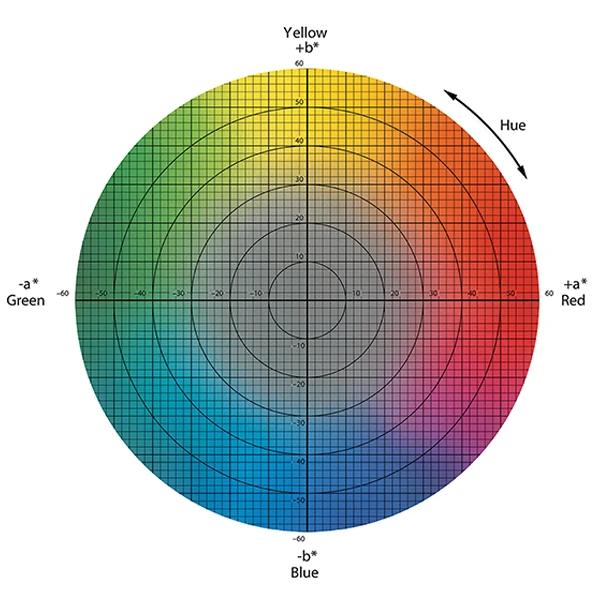Understanding the Basic of Color Measurement

Color is an important element in many industries. Color can influence purchases and is often used as a parameter to determine the quality of a product. When the color of a product is out of its normal expected color range or different from an adjacent product on the shelf, we will usually perceive it as a faulty or poor-quality product which eventually influence our purchasing decision. Given the power of color to convey the quality of a product and drive purchases, it is vital for brand owners and manufacturers to consistently reproduce the intended color accurately.
But accurate color communication can be challenging as color is a form of perception and is subjected to individual interpretation. Even when two persons are looking at the same object, each will draw upon its own reference and experience to express the color in their terms or words. With so many ways to express a color, how can we describe a particular color across the supply chain and expect them to reproduce that color exactly?
For accurate and effective color communication, we must first understand the 3 attributes of color, namely hue, lightness, and saturation. Hue is the common term used to describe color like red, green, or blue. Lightness describes how bright or dark a particular hue is while saturation describes its vividness or dullness. Using these 3 attributes, we can communicate the color of a product such as a red lipstick as bright red and vivid.


Although this form of color communication can help describe color a little more precise, it is still too general for accurate color communication. For instance, if the color of a product is far darker as intended, how can we specify the precise lightness required through some standard color system that is recognized and used internationally? Like weight or dimension where we can measure with a physical scale, color can also be expressed numerically using a system called CIE L*a*b* color space. The CIE L*a*b* color space is a 3D sphere system that uses coordinates to express color with L* indicating lightness and a* and b* representing the chromaticity coordinates of red to green and yellow to blue.
These numerical color values can be obtained from a color instrument to allow users to specify and communicate color easily and precisely across the globe. Each measured color value is equivalent to a specific location in the CIE L*a*b* color space representing the color of the sample measured. When a second sample of a similar color shade is measured, another color value is recorded by the instrument for this second sample. These color values are then used by the instrument to compute the differences between the two samples almost instantly.

Interested to learn more about the science of color and the basics of color measurement? Check out our webinar which addresses the following:
- Color Perception
- Light Source
- Object
- Observer
- Quantification
- The Science of Color Measurement
Need help with your color measurement challenges? Contact our color specialists and let them assist you.

